How many goats live at home
Before embarking on raising goats, a goat breeder needs to understand which breed is best to choose. Depends on how much the beast lives on the farm. How long these animals live at home, and why their life span depends, will be discussed in this review.
How much on average live goats of different breeds live
The goat was domesticated in the Middle East more than nine thousand years ago. These animals are kept in households for the sake of meat, milk, wool or fluff. Farm animal breeders know that the lifespan of goats of different breeds is determined by the genotype of a particular species. Basically, it is genes that affect the number of years they live.
Did you know? In Nepal, in the state of Kashmir, goats are raised with amazingly soft hair. From the name of the state came the name "cashmere". Now this is the name of the material from which they sew warm and pleasant to the body wardrobe items.
There are three areas in goat breeds:
- meat;
- dairy;
- mini goats.
Meat
Goat meat contains a lot of microelements, tastes like lamb, and it is less greasy. For the sake of obtaining this tasty and healthy meat they bring up such meat breeds:
- Boer;

- kiko;

- Greek

- black Anatolian;

- Nubian.

- Small udder. On the body of the animal is high.
- Such a breed practically does not produce milk. Milk is necessary and fully used only for feeding offspring.
- Has a big belly.
- The body of the goat looks like a barrel, its sides are rounded.
Important! Goat meat is considered dietary and is prescribed for patients with a sick stomach.
Dairy
Goat is an excellent source of milk and dairy products. Milk has a rather specific flavor, and not everyone likes it. The long work of breeders on the breeding of dairy breeds has led to the appearance of goats that produce healthy, odorless milk. In order not to make a mistake in the target choice of an animal for the farm, you need to know what dairy breeds exist, and how they differ from others. In households, such dairy breeds are a priority:
- Russian;
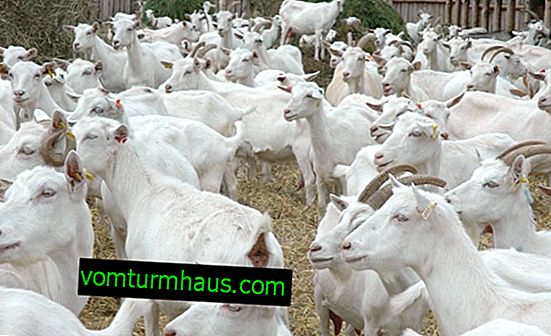
- Alpine
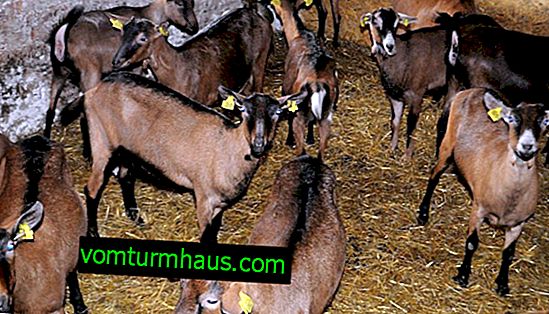
- Czech brown;
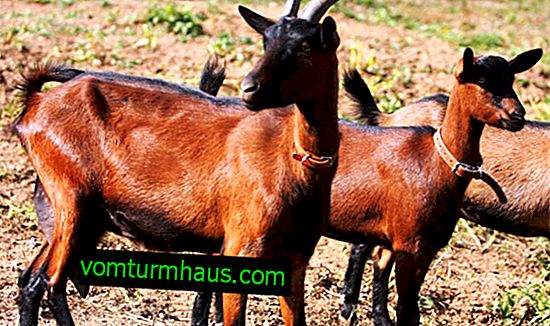
- Toggenburg;
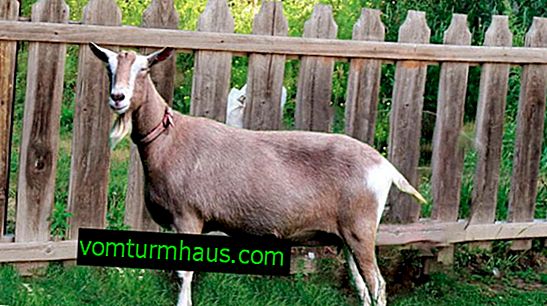
- Mingrelian;
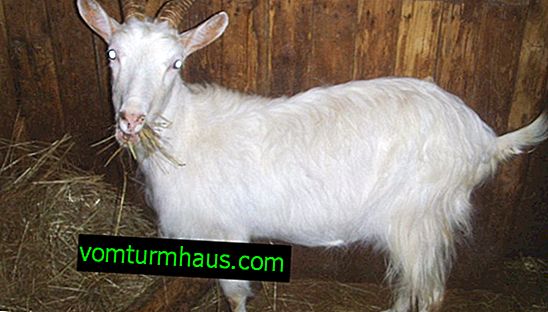
- Gorky;

- Saanen;
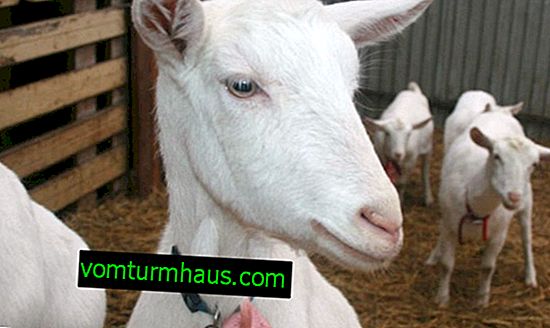
- lamancha.
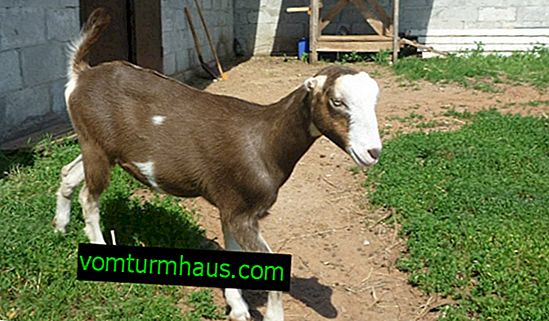
Dairy goats are isolated according to such external signs, among which:
- Long torso.
- Strong straight legs.
- Wide chest.
- Shiny coat.
- The udder is elastic, the shape of the udder is pear-shaped, nipples of medium length.
Did you know? In 1906, the World Congress of Pediatricians concluded that goat's milk is the best substitute for woman's milk, as it is perfectly absorbed by the human body.
Mini goats
Mini-goats (or dwarf ones) are an exotic subspecies of animals. Africa can be considered their original homeland. The sailors noticed these animals during their wanderings and took them with them on board. The compact size of the animal made it possible to contain it and to receive a sufficient amount of milk and meat. Thus, the dwarf breed has spread throughout the world.

- Body weight from 25 to 30 kg .
- The growth of the animal is about half a meter. The length of the body is from 60 to 70 cm.
- The fat content of milk is about 6%. They produce from a liter of milk up to two per day, depending on the subspecies.
Important! Dwarf goats are champions in life expectancy. Their age can reach 22-25 years.
What determines the life expectancy
Healthy and nutritious milk, warm wool are products for the sake of which it is worth prolonging the life of an animal. The life span of an animal depends on several factors. With proper care and a good predisposition to longevity, animals can live 15-19 years.
Climate
Goats are unpretentious and can live in almost any climate zone. The exception is the Arctic. However, the region of residence affects the life expectancy of the herd. In the southern latitudes, the life of goats reaches 8–9 years, and the “inhabitants” of the northern regions - longer.

Conditions of detention
Artiodactyls are herd animals. For a comfortable existence and a long productive life, it is important to observe the conditions of their maintenance. The basic principles for keeping goats in the household are as follows:
- The goathouse is built spacious and bright. Fail ventilation. Do not allow drafts.
- In the cold season, it is necessary to lay the bed for goats, change it as often as possible and maintain cleanliness in the stall.
- In summer, the herd is grazed on pastures. So that the animal does not get sick, you can not graze it before the morning dew dries. Overheating in heat is fraught with thermal shock. Therefore, animals will need a canopy.
- Keeping goats is recommended in small groups according to age. The milk goat must be kept separate from other animals so that they do not interfere with milking.
- Artiodactyls should have free cold water in the public domain.
Find out how much hay a goat needs for the winter.
In goat breeding is prohibited:
- to mate male and female, which are relatives, since the offspring will be non-viable or with deviations;
- give food celandine, as in this plant there are many toxic substances for animals - alkaloids;
- pour mold hay into the feeder.

Proper nutrition
If you want to grow a healthy animal that will bring profit and quality products for many years, you need to pay enough attention to the diet of the goat.
Read more about how to properly feed a goat in winter.
Feeding the herd should occur three times a day:
- The first meal: in the morning they give juicy and roughage plus part of the feed.
- The second meal: after lunch, the herd is fed with juicy and roughage.
- Third meal: in the evening give the second part of the feed and, if desired, a vegetable supplement.

- Vitamins: A, D, K, E. Form strong animal bones, improve blood coagulation and prevent white muscle disease.
- Trace elements: magnesium, iodine, cobalt, iron, potassium, manganese, selenium. They serve to increase growth, appetite and productive qualities, improve the digestive tract, the quality of the coat.
Other factors
To find out how many years a goat will live, you need to remember that there are a lot of factors that affect the length of her life. The main ones are the type of breed, climate and proper nutrition.
You will also be interested to know how to treat mastitis in goats.
Factors affecting the number of years lived in an animal include:
- Food;
- milk production of a specific individual;
- living conditions on the farm;
- keeping at home or living in the wild;
- susceptibility to disease.
How to determine the age of a goat
If you are going to buy this animal on a farm and want to know how old it is, you can use two ways. The first way to determine age is to examine the animal’s teeth. An adult should have 32 teeth. By the age of four, all teeth should be in good condition, the front teeth are wide, close together.

If you want to get high-quality milk, tasty meat, soft wool and healthy offspring from your nurse, pay attention to the rules of keeping this animal. And do not forget to give her your attention and love. It is proved that this contributes to the comfort of the animal and significantly increases milk yield.
















